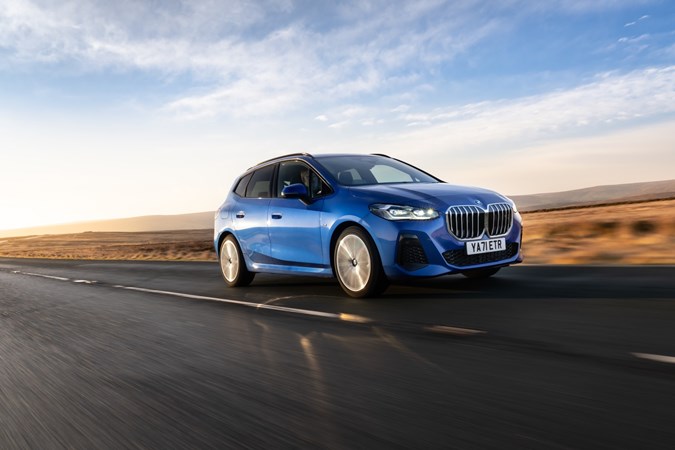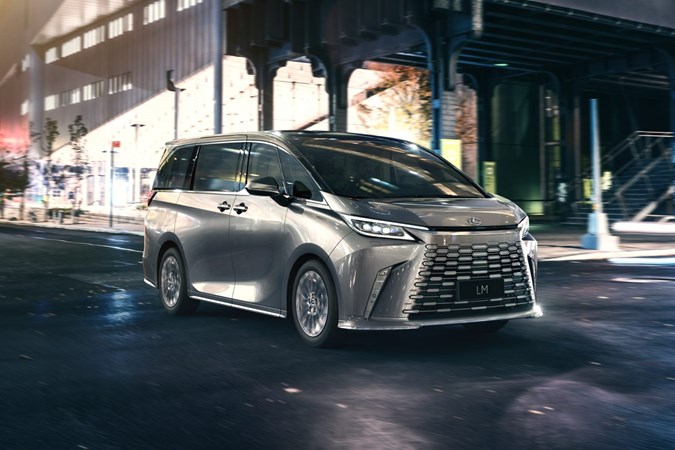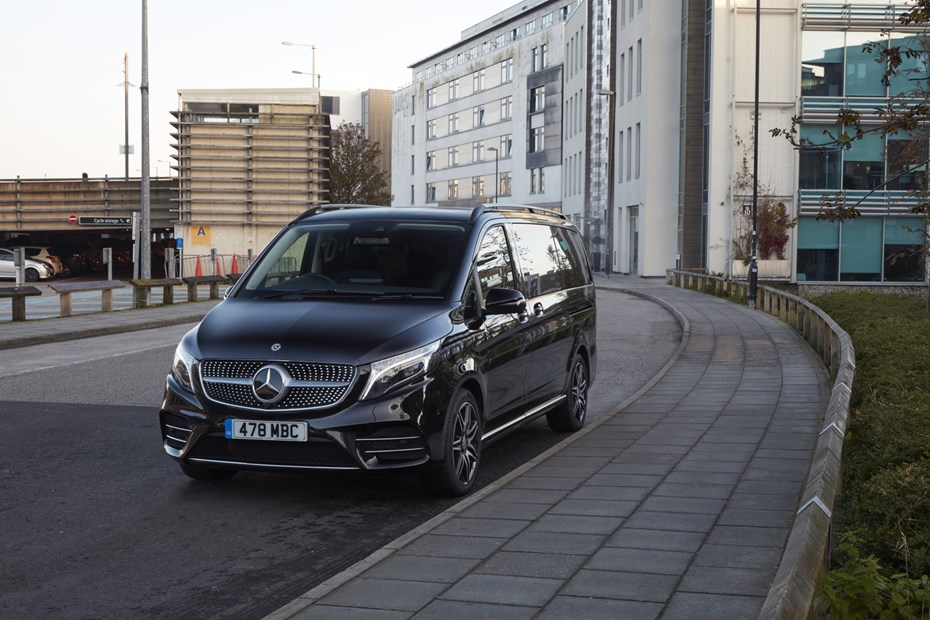SUVs have become incredibly popular family cars thanks to their interior space and large seat capacity, but suppose you need the space but not the rugged toughness, imperious road presence or price tag of modern SUVs; as large family cars primed for car seats, we think you’d be better off with a multi-purpose vehicle (MPV) instead.
Multi-purpose vehicles – or people carriers as they’re commonly known – are large passenger cars in which space and capacity have been given precedence. They usually carry from five up to nine people in comfort and are often cheaper than comparably spacious SUVs. By virtue of these characteristics, they often make great family cars.
But do you need one? On this page, we’ll explore what a MPVs are, why they can be practical and whether you need on in your life.
The MPV design
MPVs were once the flavour of the motoring month, but in the 30 years since their heyday, the original cast hasn’t aged very well. It’s difficult to find much refined stylistic elegance at all even among the class leaders, including the Ford Galaxy.
To compete with the ultra-popular SUV, manufacturers have had to reinvent the MPV. Most contemporary models are now based on or styled in the image of vans, with shaper edges for a cleaner profile. The Mercedes V Class, for example, is based on the Mercedes Vito while the Peugeot e-Traveller shares DNA with Peugeot e-Expert van.

It’s usually an auspicious recipe, though there are still MPVs on the market that resemble tall, elongated cars rather than vans. The BMW 2 Series Active Tourer, for example – even if BMW doesn’t want to admit it’s actually an MPV.
Some examples, like the new Lexus LM, carry stylistic qualities over from their smaller siblings in the range – though not always for the best. Overall, though, most modern MPVs are refined and well-designed with loads of space for the entire family to soak up as you take on the miles.
But where MPVs excel is in practicality. They invariably come with spacious boots and flexible interiors in which the seats can be configured, folded, flipped or stowed, depending on how many passengers you’re carrying. While large, they’re usually quite easy to drive, with soft suspension and light steering.
Pros
• If cabin room is your top priority, MPVs are what you should be looking into. They’re designed to carry as many people as possible in luxury and comfort, helped by an abundance of light in the cabin through large windows. Not only that, but they’re usually commodious enough to carry the luggage of every passenger in the back, too.
• MPVs are very comfortable cars, great for tackling long continental drives with multiple passengers onboard.
• MPV interiors can usually be optimised for certain needs. Say you only have a couple of passengers but with a lot of luggage, most MPVs can be configured to provide as much room as possible by folding or removing the seats. In just a few minutes, an MPV could be converted from a minibuse to minivan and then back again.
Cons
• Some of the larger examples can be quite difficult to manoeuvre, especially around town. If you don’t need as much space as an MPV will provide, the extra size could become an inconvenience.
• Though more stylish than they used to be, MPVs still aren’t as fashionable nor as good-looking as a solid SUV, like the Land Rover Defender. When juxtaposed with the brawny lines of the latter, it won’t take you long to conclude that your MPV was designed with practicality before form.
Do I need one?
If you have a large family, MPVs are definitely worth exploring. Even if you opt for one of the smaller models, you should have enough interior room to keep every passenger contented on long journeys.

If it’s unlikely that you’ll carry as many passengers as the car can hold on a regular basis, the extra space may not be worth the inconvenience of driving a big car around town. In this case, consider opting for a more fashionable yet no less practical estate car instead.
FAQs
-
What is difference between SUV and MPV?
Both MPVs and SUVs are popular by virtue of their interior spaciousness and practicality. But while these characteristics take precedence in MPVs, they’re often lesser priorities for SUVs as off-road capabilities or towing capacity take the top spot. As a result, SUVs are usually heavier with greater ride height for better ground clearance.
-
Is an MPV a car or a van?
While some MPVs are based on vans, just with a few more chairs and a few more windows, they’re still considered cars.
-
Can you drive an 8 seater minibus on a normal licence?
Officially, an eight-seater vehicle is still a large car, rather than a minibus. For this reason, you can drive an eight-seater vehicle on a regular car license.
Looking for more jargon-busting motoring meanings? Head over to our Parkers Car Glossary page and take a look at our other definitions
Just so you know, we may receive a commission or other compensation from the links on this website - read why you should trust us.








